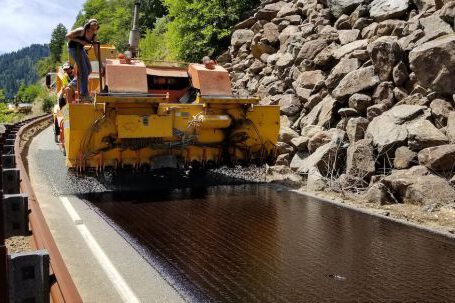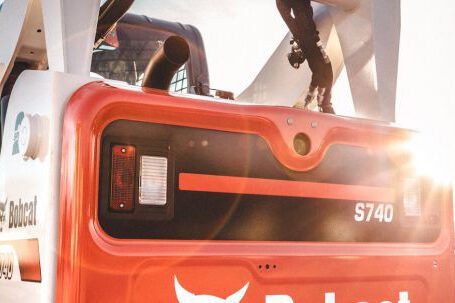Crane safety is essential for the safe operation of any crane and the avoidance of injuries and accidents. Operating a crane can pose significant risks to both the crane operator and the people in the vicinity of the crane, and all appropriate safety precautions should be taken to ensure a safe operation. This guide provides an overview of crane safety, the risks associated with crane operations, and the steps that need to be taken to protect workers and bystanders from injury.
Crane Safety Basics
Crane safety can be broken down into two main categories: general safety and specific safety. General safety includes the use of proper protective equipment, such as hard hats, safety glasses, and steel-toed boots, as well as following all applicable regulations and safety guidelines. Specific safety focuses on the safe operation of the crane itself, such as proper inspection and maintenance, proper use of the crane, and proper positioning of the crane.
Inspections and Maintenance
Before any crane operation can commence, the crane must be inspected and maintained according to manufacturer’s instructions. The inspection should include a visual inspection of the crane, as well as a check of the crane’s brakes, steering, and safety systems. Any issues should be addressed immediately before the crane can be used.
In addition, all parts of the crane should be regularly maintained according to manufacturer’s instructions. This includes lubrication, cleaning, and regular replacement of parts as they wear out. All maintenance should be documented to ensure that the crane is always in a safe operating condition.
Safe Use of the Crane
Once the crane is in operable condition, it is important to ensure that it is used safely. The crane operator should be properly trained to operate the crane, and should always be aware of their surroundings. The crane should never be operated in an area with restricted visibility, such as near buildings or power lines.
It is also important to ensure that the crane is properly loaded for the task at hand. The crane should never be overloaded, and all loads should be securely attached to the crane. The crane should never be used to lift people or to lift loads that are too heavy for the crane.
Positioning of the Crane
It is important to ensure that the crane is properly positioned before any operation begins. The crane should be positioned on a stable, level surface that is large enough to accommodate the crane’s size. The crane should also be positioned in an area that is free of obstructions, such as power lines, buildings, and other equipment.
It is also important to ensure that the crane is properly secured before it is used. All applicable regulations should be followed, including the use of appropriate tie-downs or anchors. This will ensure that the crane does not move during operation and cause an accident.
Conclusion
Crane safety is essential for the safe operation of any crane and the avoidance of injuries and accidents. Appropriate safety precautions should be taken to ensure a safe operation, including the use of proper protective equipment, regular inspection and maintenance, safe use of the crane, and proper positioning of the crane. Following these safety measures can help protect workers and bystanders from injury and ensure the safe operation of the crane.






